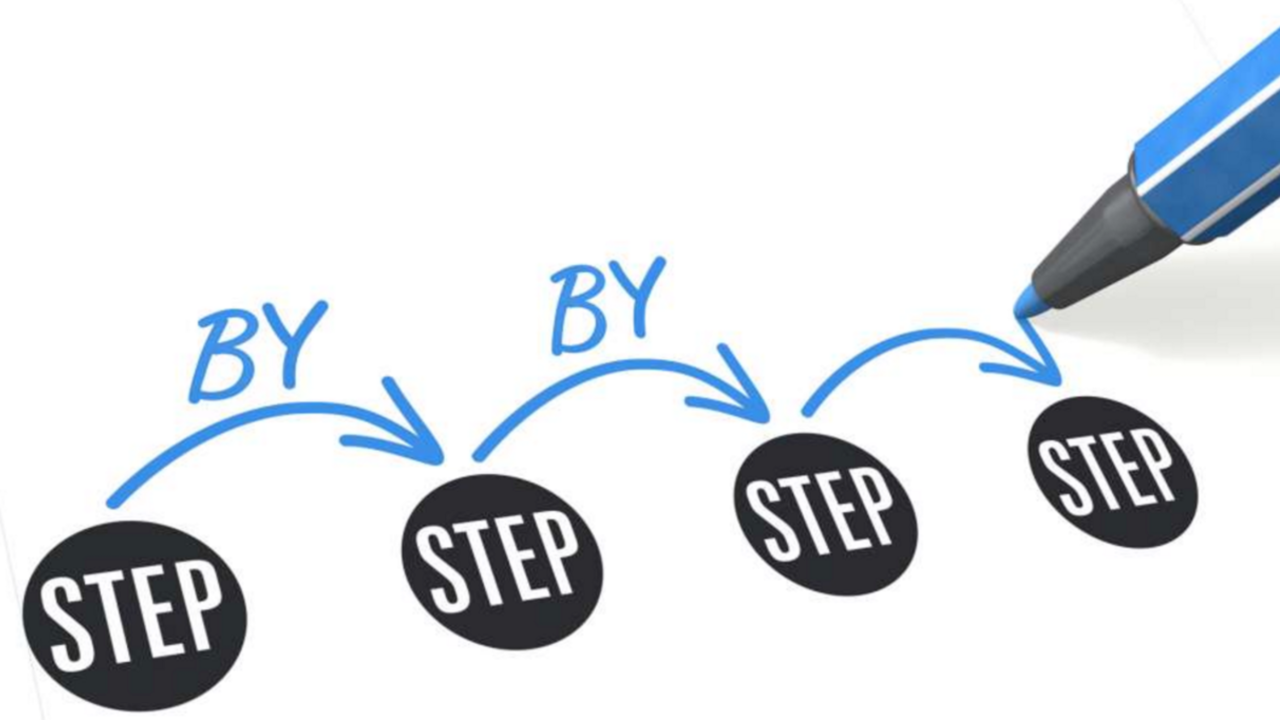IB Business Management Magic Words - Section 5

Here is a list of all of the key words you should know for each of the Section 5 chapters. Learning all the key words is a really important part of the business course, so take time to make sure you can quickly, accurately define each of these.






Written by Tim Woods
Tim’s passion for supporting students led to him creating IBMastery in 2009. Since then he’s helped many thousands of IB students and teachers around the world. Tim is now available for personal tutoring every day, to help you get your best possible marks in IB. Click here to work with him.
IB Business Management Magic Words - Section 4

Here is a list of all of the key words you should know for each of the Section 4 chapters. Learning all the key words is a really important part of the business course, so take time to make sure you can quickly, accurately define each of these.









Written by Tim Woods
Tim’s passion for supporting students led to him creating IBMastery in 2009. Since then he’s helped many thousands of IB students and teachers around the world. Tim is now available for personal tutoring every day, to help you get your best possible marks in IB. Click here to work with him.
IB Business Management Magic Words - Section 3

Here is a list of all of the key words you should know for each of the Section 3 chapters. Learning all the key words is a really important part of the business course, so take time to make sure you can quickly, accurately define each of these.










Written by Tim Woods
Tim’s passion for supporting students led to him creating IBMastery in 2009. Since then he’s helped many thousands of IB students and teachers around the world. Tim is now available for personal tutoring every day, to help you get your best possible marks in IB. Click here to work with him.
IB Business Marking Codes

When I have a pile of tests or practice exams to mark, I want to give as much feedback to students as possible. To help with that, I use marking codes --which I call my "marking shorthand."
Using a shorthand like this helps me provide more detailed and specific feedback to my students on their tests and practice exams –-which, in turn, helps them know how to improve.
My most commonly used symbols on IB Business Management Tests and exams
 ✓ = Good point. This one is pretty obvious. I try to let you know exactly where you have made a good insight and are therefore earning marks. 10 check marks doesn’t necessarily mean 10/10 marks, but sometimes it does work out like that. I always reward good CTs and good CL’s (This relates to my 3-step method for business answers)
✓ = Good point. This one is pretty obvious. I try to let you know exactly where you have made a good insight and are therefore earning marks. 10 check marks doesn’t necessarily mean 10/10 marks, but sometimes it does work out like that. I always reward good CTs and good CL’s (This relates to my 3-step method for business answers)
+CTs – please include more Course Theories (CT’s) next time, in order to improve your marks on a question like this. Course Theories basically means key terms, or references to related concepts, which help explain the ...
How to Structure an HL Business Management Internal Assessment

This page gives details for the IA for students graduating in November 2023 or earlier. Click here for the new IB Business IA details --which you should follow if you're graduating from May 2024 or later.
Here is a layout you can follow for your HL Business Management IA, for November 2023 or earlier
(If you're looking for the SL Business IA structure, for November 2023 or earlier, that one is right here).
The Proposal and the IA should be included in a single document, using double-spaced Arial, sized 12 font.
Please remember to include all of your sources (preferably using MLA) as you go. This goes for every fact that you include or any opinion that you write, which was informed by something you read. Citing your sources is VERY important. Be careful with it.
Pre-Research Proposal Material
Title page
Include:
- Your Research Question (Here is more help for members refining your question).
- Intended Audience (i.e. To Company X)
- The IB Number (Something in the ...
Evaluation in IB Business

Sometim es (normally in 8-mark questions) you will be asked to evaluate. This is about going beyond the insights you have made from doing your analysis (your Dr Tests). But let's make sure you are clear on the difference between analysis and evaluation. By analyzing in Business we mean giving your Definitions, Explanations, Examples and Development (making sure you have fully answered the question) (Doing the 'DEED'). And then, after you analysis is done, you go on to evaluate, to make sense of it for the reader. You are telling us, in clear terms, what we should think about the situation.
es (normally in 8-mark questions) you will be asked to evaluate. This is about going beyond the insights you have made from doing your analysis (your Dr Tests). But let's make sure you are clear on the difference between analysis and evaluation. By analyzing in Business we mean giving your Definitions, Explanations, Examples and Development (making sure you have fully answered the question) (Doing the 'DEED'). And then, after you analysis is done, you go on to evaluate, to make sense of it for the reader. You are telling us, in clear terms, what we should think about the situation.
This is a bit like Theory of Knowledge because you are not only showing that you can think about things using the course theories, but also showing that you can think about things in a complicated (or complex, or advanced) way. You can contrast the results of two ways of appraising an investment opportunity for example and tell us which insights are most important for this particular company.
B...
The JAM Structure for Business Management IA and EE Writing

The JAM structure is a simple, three-step framework you can use to improve the quality of your writing in IB Business Management.
JAM stands for Justification, Analysis and Mini-conclusion.
Since I first created this framework (way back in 2009) it's become very popular with IB schools around the world. It works really well because it helps you (and forces you) to do a couple of things that you wouldn't normally do, which can dramatically improve the effectiveness of your writing. It raises your grade because it forces you to show your thinking and mention why the tool or model is appropriate and then to also observe what the analysis has revealed.
Let's say you’ve chosen (as your IA question) to explore whether a restaurant should relocate from one shopping mall to another one. The second location is more popular, but also more expensive, so you'll need to analyze the opportunity in a few different ways.
In the weakest IAs and EEs the student seems to have decided their answer ...
How to Get Full Marks On Your Business Internal Assessment

I have found that the biggest challenge my students are having, in terms of scoring the top marks in the Business IA, is related to their use of analytical tools.
(For a step-by-step explanation of everything you need to include in your Business IA, use this page.)
You have a Research Question and you’re trying to arrive at your answer. A very common mistake is that students do a lot of analysis, but they don’t connect it properly to the Research Question (RQ) or to their Answer (Ans).
I have wracked my brain to make this more straightforward and I’ve come up with the following diagram, which you can follow to make your IA analysis a more straightforward process. If you follow it, it should raise your performance in several aspects of the IA Business rubric.
By this point, you have chosen an appropriate RQ. if you aren’t sure about that, I recommend reading this article first (and follow the '4 tests' it advises to check your RQ). So now you know that you need to do a few things. ...
The CUEGIS Answer Method

Here is my step-by-step method for answering these questions, to make sure you get full marks on the exam. Remember, this one question can easily bring you up an ENTIRE GRADE level, if you do it right. It's worth 10% of the whole course.
First, know that you will have about 34 minutes for this question.
The CUEGIS method
The body will address each concept, but mostly just one concept at a time. The basic model you’ll follow will be repeatedly doing the normal answer method stuff (CTs, CLs and SWs), but in this case the course theory is your normal insights from the course (as always), but ALSO your insights into the concept. So keep making links to your company as well as your insights about the concepts (i.e. innovation, or strategy) while also linking your answer to normal insights from the course (i.e. Ansoff's matrix).
CL = Case Link. Give a fact about your chosen company and the first concept.
CT = Course Theory. Use a keyword, tool or idea from the course to develop your...
Advanced Business Extended Essay Research

When looking for advanced information, be careful to only pull in details that are somehow relevant to your research question (RQ). It's worth spending some time exploring different types of sources --rather than just the first page of Google results.
A few techniques to improve the quality of your research:
1) Break your RQ into sub-RQ's
If your question is, "Should Amazon invest 10 billion dollars in nuclear power?" ask yourself (and people at the company) what are the questions that need to be answered before that major question can be answered. For example maybe, for this business, the questions are:
- Can they afford it?
- Is it going to improve the satisfaction of their customers and
- Is it going to help us improve their market share?
For another business, they might be more interested in improving their efficiency, or brand image. The sub-questions help you focus your research and make sure you're seeking out information that is relevant. Sub-questions also help you jus...






